
During the late 1940s and early 1950s, Colorado, Utah, and New Mexico hosted what was called the “Great Uranium Rush” (Rock & Gem, April 2017), the last mineral rush in which individual prospectors had a chance to strike it rich. The quest was for, in the parlance of that era, “hot rocks”— rocks emitting elevated levels of radioactivity that might indicate a uranium deposit worth millions of dollars.
A few prospectors did indeed make their fortunes. Still, most received their reward by participating in an adventure that thrilled the nation and introduced words and terms like “radioactivity,” “Geiger counter,” and “radiometric prospecting” into the general vocabulary.
Although finding a million-dollar uranium deposit today is unlikely, understanding radioactivity and knowing how to detect it can greatly enhance the mineral-collecting experience. Radioactivity is one of the fascinating physical properties of minerals. It is ionizing energy in the form of particles and rays produced by the spontaneous disintegration or “decay” of unstable atomic nuclei.
While this definition might seem a bit intimidating, getting a practical handle on radioactivity is not that difficult. Admittedly, the word is loaded with negative connotations linked to nuclear weapons, fallout, toxicwaste disposal, reactor meltdowns, and the hazards of radon gas. Nevertheless, radioactivity is very much a part of the natural world, especially the world of mineralogy.
This story is from the July 2020 edition of Rock&Gem Magazine.
Start your 7-day Magzter GOLD free trial to access thousands of curated premium stories, and 9,000+ magazines and newspapers.
Already a subscriber ? Sign In
This story is from the July 2020 edition of Rock&Gem Magazine.
Start your 7-day Magzter GOLD free trial to access thousands of curated premium stories, and 9,000+ magazines and newspapers.
Already a subscriber? Sign In
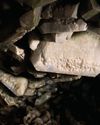
Rockhounding Ohio's Lake Erie Islands
A short ferry boat ride three miles from Ohio’s Lake Erie coastline is South Bass Island, better known as Put-in-Bay or the “Key West of the North.”
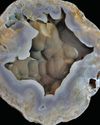
Iowa's Hidden Treasures
Exploring Keokuk Geodes: How They're Made & What's Inside
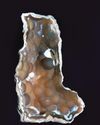
Agatized CORAL
Florida's Collectible State Stone

Rockhounding Florida's Beaches
Beachcombing serene stretches of Florida can reveal fascinating finds like fossilized shark teeth, sea glass, quartz, agate and even coral fragments.
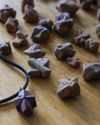
Collecting Staurolite
Hot Spots In Virginia & Georgia
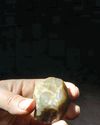
Pecos Valley Diamonds
New Mexico's Ancient Attraction

12 Tips for Rockhounding Tucson's Greatest Shows
Tucson in February becomes the international hub for buying and selling colored gems, rocks, minerals and fossils.

Turquoise in the American Southwest
A Water & Sky Souvenir
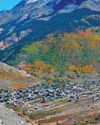
Touring Colorado's MINERAL BELT
It's a Showcase of Mining History & Minerals
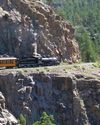
Geology &Colorado's Taurish Traiks
Most of Colorado’s tourist trains today were originally constructed in the late 1800s to serve the state’s lucrative mining operations.